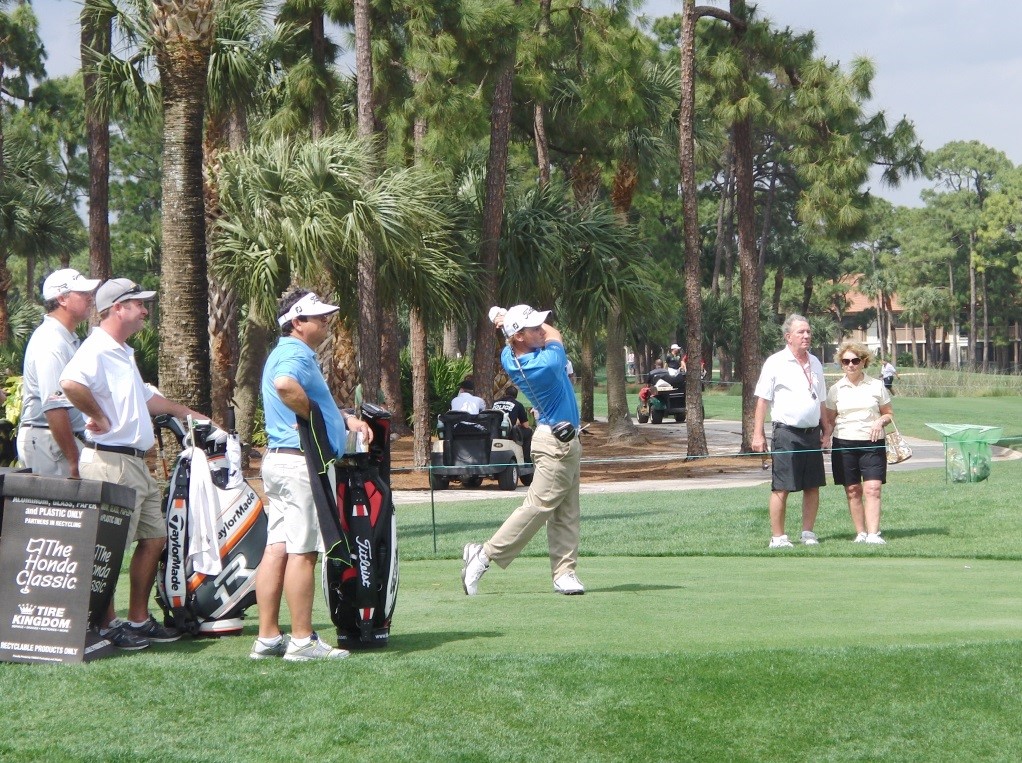A Cure for Swing Arrhythmia

by Dr. T. J. Tomasi, Keiser University College of Golf Senior Faculty and Director of Research
The brain solves the challenge of syncing many different body parts during your golf swing by linking the individual movements into one, all-purpose pattern that is triggered by what I call the master signal.
One way to look at a repeating swing is to think of it like a healthy heartbeat, where a flow of electricity, triggered by a master signal, causes a rhythmic, in-sync muscle contraction. But when the master signal is compromised, an arrhythmia occurs, and your heart goes rogue with flutters, skips, and added beats that destroy its output. An irregular heartbeat caused by a faulty electrical signal is dangerous to your health, just as an irregular swing motion caused by a faulty master signal is dangerous to your golf game.
To promote the development of your master signal, I have constructed a three-phase model you can use to first train the key body parts independently and then integrate them together.
Phase 1: Here, you make sure the individual, ground-up links that make up your swing pattern are correct. It’s obvious but still needs to be stated: The motion of your legs, pelvis, and thorax must be rehearsed, so they work correctly once they are linked. Otherwise, even though your master signal is in place, your swing will have a well-learned but weak link. Of course, finding a teacher who knows how the links work is important. In this phase, the focus is on pieces, not the overall pattern. Focusing on a particular link while you play can be disruptive. It often causes the link to fire independently of the other body parts, thereby creating a swing arrhythmia.
Phase 2: This is the integration stage, where the movements become linked into one flowing pattern. To integrate swing parts, first perform the full swing using only your body, no club. Assume your stance with your arms folded across your chest and your hands on your shoulders. Check your swing links at key junctures: Stop halfway back, halfway down, at impact, and at the finish to self-check.
Next, add a club and run through your positions until they are perfect. Now it’s time to hit some shots with no target. Use a coach and/or a video camera or launch monitor to check your progress. Last, hit a target. An important rule to remember is that when you’re working on your swing links, you should have no target, and when the focus is on mechanics, there is no focus on the target. But during the target stage, your master signal becomes calibrated.
Phase 3: Now it’s time to ingrain the master signal, and the main tool here is practice. This is what an incubation period is for — to repeat the new master signal firing pattern until it is automatic. In this phase, you are thinking patterns, not pieces.
Your brain has a number of general skills, and one of them is this piece-to-pattern model. You learn the pieces of a complicated movement one at a time, and then the brain knits them, so they act as one powerful repeating pattern known as your swing. It may take two weeks, or it may take six months to establish the master signal that triggers the pattern, but whatever it takes, it’s like fixing your heart — it’s got to be done, so get started!

This finish announces the presence of a serious swing arrhythmia, an unhealthy swing. His weight is on the wrong foot, and his left heel is raised with his left foot “in the bucket.”

This beautiful finish — back toe a rudder; weight forward; knee, belly button, and nose pointing at the target — is under the control of a master signal that creates a perfectly sequenced movement of body parts.
If you’d like to study with Dr. Tomasi and other PGA Master Professionals, contact The College of Golf today.















Excellent analogy and suggestions for linking body parts throughout the swing. Thanks so much for sharing!
When you say study with are you taking about lessons or academic studying